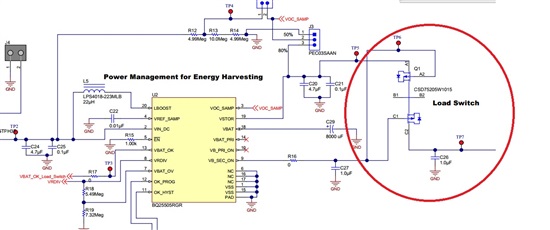I came through this pdf in which CSD75205W1015 is used to control load power. It can be noted that there are 2 P type Mosfets in this IC.
http://www.ti.com/lit/ug/tidu235a/tidu235a.pdf on page 27
I realised in that the two P MOSFETS are connected serially. My understanding is that it is a waste of energy. But I want to know why it has been done that way. May I know what the reason is?


